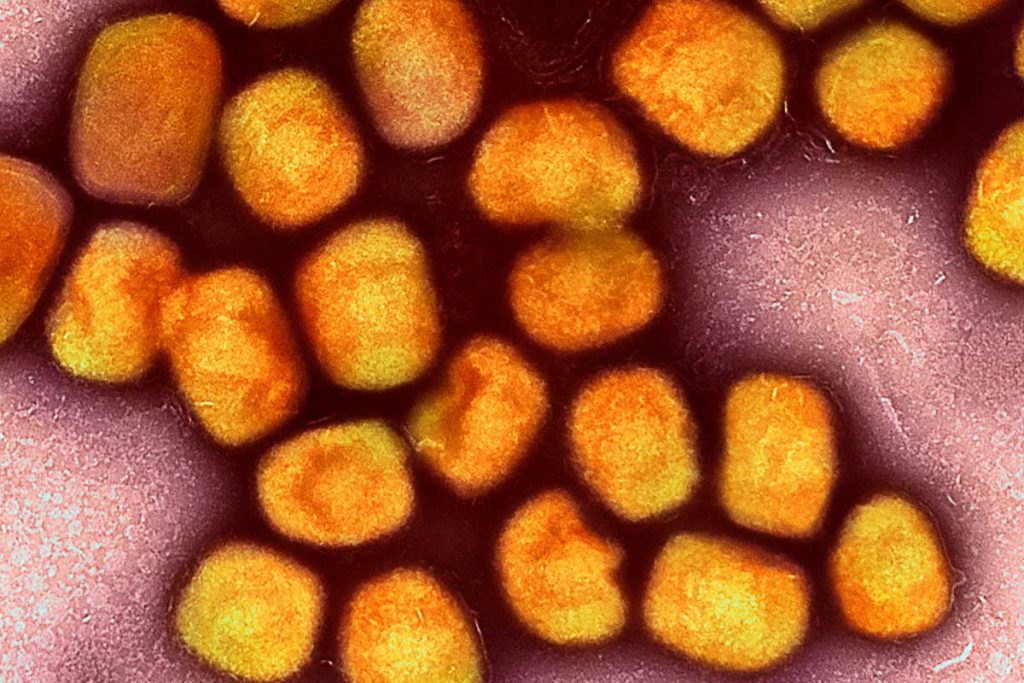The UAE Ministry of Health and Prevention (MoHAP) announced five new cases of monkeypox late on Tuesday, bringing the total number of known cases in the country to thirteen. The ministry also announced the recovery of two cases of monkeypox patients who were receiving medical care in government hospitals, and their full recovery from the disease symptoms.
MoHAP urged all community members to follow appropriate preventive measures and careful precautions while travelling and to stay safer in large crowds and avoid risky behaviours, the state-run news agency WAM reported.
It also reassured all community members that the UAE health authorities are taking all necessary measures, including investigation, examination of contacts, and monitoring their health.
The ministry called for obtaining information from official sources in the UAE, and for refraining from spreading rumours and false information, highlighting the importance of staying updated on developments and guidelines issued by the UAE health authorities.
The UAE reported its first case of monkeypox on mid-May, in a 29-year-old woman who arrived from West Africa. In a previous statement carried by WAM, the ministry said: “Monkeypox is a viral disease, but usually a self-limited one, if compared to Covid-19.”
“It’s mostly transmitted to humans through close contact with an infected person or animal, including bodily fluids, and respiratory droplets, or with material contaminated with the virus. It can also be passed to the baby in the womb,” the statement said.
Why is it called monkeypox?
Monkeypox was first discovered in 1958 when two outbreaks of a pox-like disease occurred in colonies of monkeys kept for research, according to the US Centers for Disease Control and Prevention. The first human case of the disease was recorded in 1970, in the Democratic Republic of Congo during a period of intensified effort to eliminate smallpox. Since then the disease has been reported in humans in other central and western African countries.

How does monkeypox spread?
The monkeypox virus is primarily transmitted when a person comes into contact with the virus from an animal, human, or materials contaminated with the virus.
The virus enters the body through broken skin – even if not visible – respiratory tract, or the mucous membranes such as the eyes, nose, or mouth.
Human-to-human transmission is thought to occur primarily through large respiratory droplets. Respiratory droplets generally cannot travel more than a few feet, so prolonged face-to-face contact is required, the US CDC explained.
Animal-to-human transmission may also occur through bites or scratches, bush meat preparation, direct contact with body fluids or lesion material, or indirect contact with lesion material, such as through contaminated bed linen.








